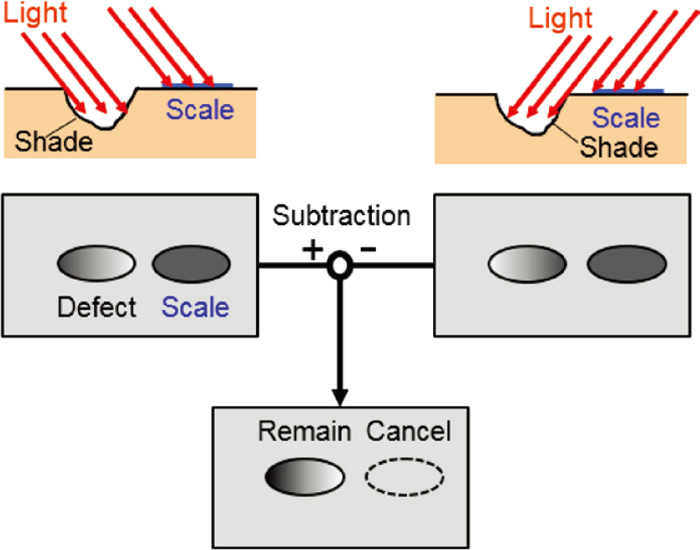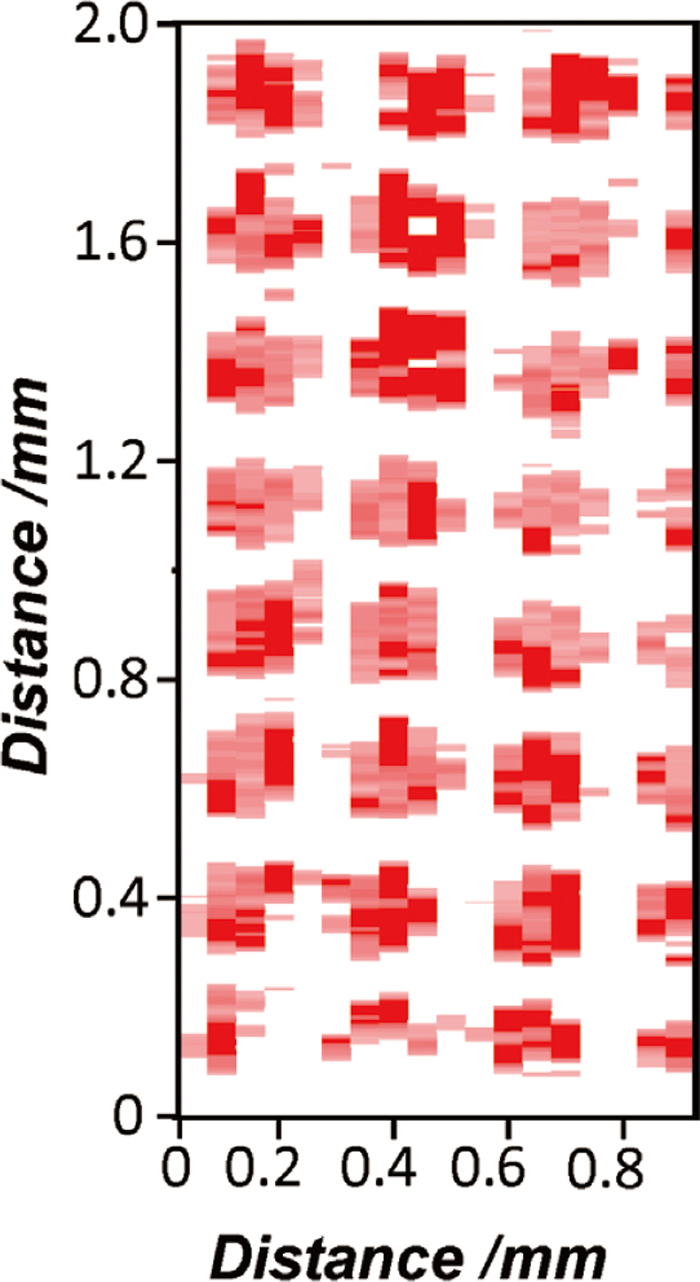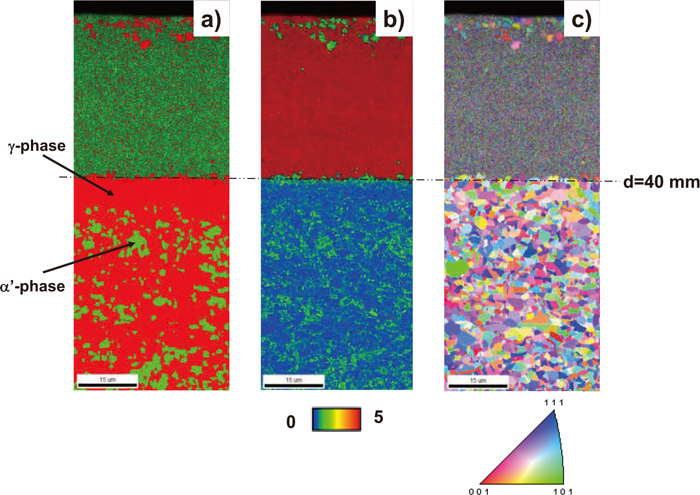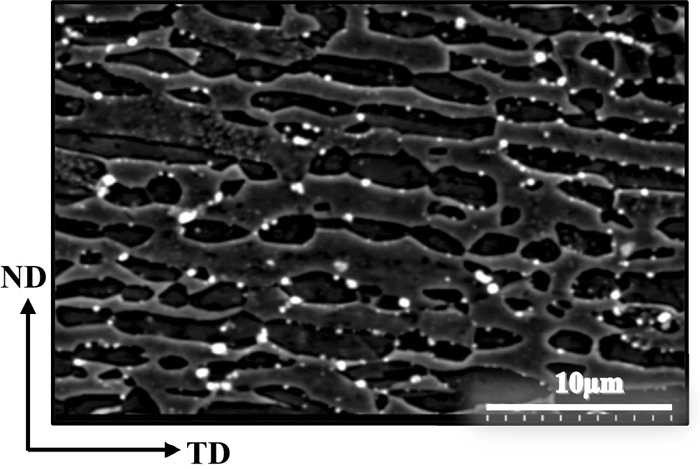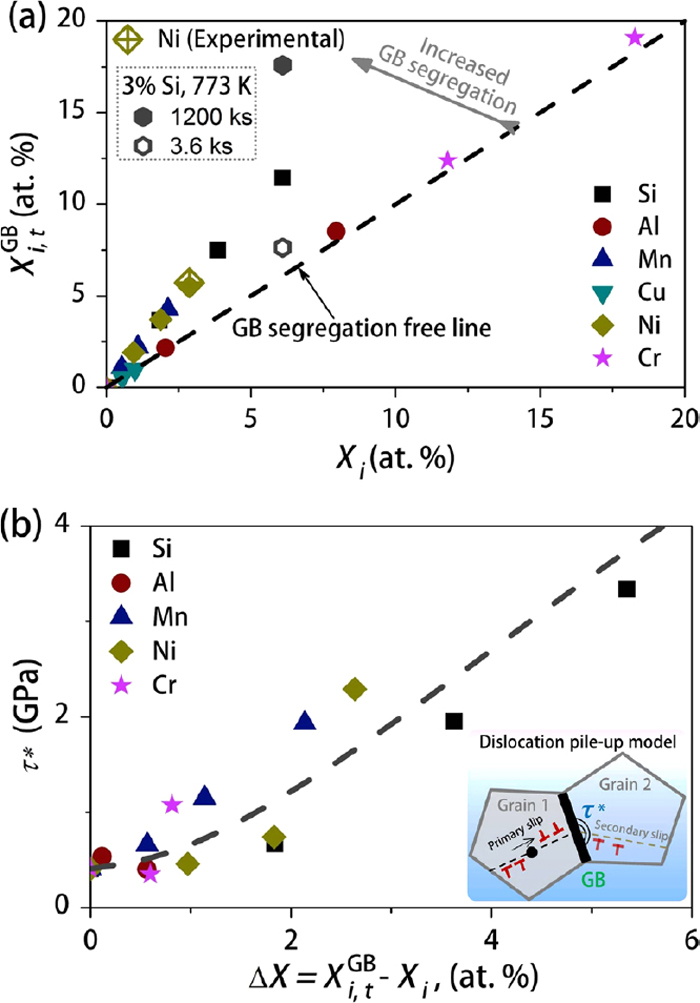Volume 59, Issue 10
Displaying 1-31 of 31 articles from this issue
- |<
- <
- 1
- >
- >|
Publication Data
-
2019 Volume 59 Issue 10 Pages Cover-
Published: October 15, 2019
Released on J-STAGE: October 17, 2019
Download PDF (431K) -
2019 Volume 59 Issue 10 Pages Editorial-
Published: October 15, 2019
Released on J-STAGE: October 17, 2019
Download PDF (809K) -
2019 Volume 59 Issue 10 Pages Contents-
Published: October 15, 2019
Released on J-STAGE: October 17, 2019
Download PDF (523K)
Regular Articles
Fundamentals of High Temperature Processes
-
Article type: Regular Article
2019 Volume 59 Issue 10 Pages 1735-1743
Published: October 15, 2019
Released on J-STAGE: October 17, 2019
Download PDF (1293K) Full view HTML -
Article type: Regular Article
2019 Volume 59 Issue 10 Pages 1744-1751
Published: October 15, 2019
Released on J-STAGE: October 17, 2019
Advance online publication: July 26, 2019Download PDF (1220K) Full view HTML -
Article type: Regular Article
2019 Volume 59 Issue 10 Pages 1752-1755
Published: October 15, 2019
Released on J-STAGE: October 17, 2019
Advance online publication: June 22, 2019Download PDF (734K) Full view HTML
Ironmaking
-
Article type: Regular Article
2019 Volume 59 Issue 10 Pages 1756-1764
Published: October 15, 2019
Released on J-STAGE: October 17, 2019
Download PDF (1708K) Full view HTML -
Article type: Regular Article
2019 Volume 59 Issue 10 Pages 1765-1769
Published: October 15, 2019
Released on J-STAGE: October 17, 2019
Advance online publication: July 19, 2019Download PDF (1079K) Full view HTML -
Article type: Regular Article
2019 Volume 59 Issue 10 Pages 1770-1775
Published: October 15, 2019
Released on J-STAGE: October 17, 2019
Advance online publication: July 20, 2019Download PDF (1396K) Full view HTML -
Article type: Regular Article
2019 Volume 59 Issue 10 Pages 1776-1785
Published: October 15, 2019
Released on J-STAGE: October 17, 2019
Advance online publication: June 25, 2019Download PDF (3113K) Full view HTML -
Article type: Regular Article
2019 Volume 59 Issue 10 Pages 1786-1795
Published: October 15, 2019
Released on J-STAGE: October 17, 2019
Advance online publication: June 22, 2019Download PDF (1207K) Full view HTML -
Article type: Regular Article
2019 Volume 59 Issue 10 Pages 1796-1800
Published: October 15, 2019
Released on J-STAGE: October 17, 2019
Advance online publication: July 02, 2019Download PDF (3118K) Full view HTML
Steelmaking
-
Article type: Regular Article
2019 Volume 59 Issue 10 Pages 1801-1805
Published: October 15, 2019
Released on J-STAGE: October 17, 2019
Download PDF (594K) Full view HTML -
Article type: Regular Article
2019 Volume 59 Issue 10 Pages 1806-1810
Published: October 15, 2019
Released on J-STAGE: October 17, 2019
Download PDF (512K) Full view HTML
Casting and Solidification
-
Article type: Regular Article
2019 Volume 59 Issue 10 Pages 1811-1819
Published: October 15, 2019
Released on J-STAGE: October 17, 2019
Advance online publication: July 26, 2019Download PDF (1711K) Full view HTML
Instrumentation, Control and System Engineering
-
Article type: Regular Article
2019 Volume 59 Issue 10 Pages 1820-1827
Published: October 15, 2019
Released on J-STAGE: October 17, 2019
Download PDF (1488K) Full view HTML
Chemical and Physical Analysis
-
Article type: Regular Article
2019 Volume 59 Issue 10 Pages 1828-1837
Published: October 15, 2019
Released on J-STAGE: October 17, 2019
Download PDF (1499K) Full view HTML -
Article type: Regular Article
2019 Volume 59 Issue 10 Pages 1838-1845
Published: October 15, 2019
Released on J-STAGE: October 17, 2019
Advance online publication: July 20, 2019Download PDF (1533K) Full view HTML -
Article type: Regular Article
2019 Volume 59 Issue 10 Pages 1846-1852
Published: October 15, 2019
Released on J-STAGE: October 17, 2019
Advance online publication: July 23, 2019Download PDF (682K) Full view HTML
Welding and Joining
-
Article type: Regular Article
2019 Volume 59 Issue 10 Pages 1853-1859
Published: October 15, 2019
Released on J-STAGE: October 17, 2019
Download PDF (2251K) Full view HTML -
Article type: Regular Article
2019 Volume 59 Issue 10 Pages 1860-1869
Published: October 15, 2019
Released on J-STAGE: October 17, 2019
Advance online publication: July 30, 2019Download PDF (2555K) Full view HTML
Surface Treatment and Corrosion
-
Article type: Regular Article
2019 Volume 59 Issue 10 Pages 1870-1877
Published: October 15, 2019
Released on J-STAGE: October 17, 2019
Download PDF (1803K) Full view HTML -
Article type: Regular Article
2019 Volume 59 Issue 10 Pages 1878-1885
Published: October 15, 2019
Released on J-STAGE: October 17, 2019
Download PDF (1170K) Full view HTML -
Article type: Regular Article
2019 Volume 59 Issue 10 Pages 1886-1892
Published: October 15, 2019
Released on J-STAGE: October 17, 2019
Advance online publication: July 20, 2019Download PDF (2077K) Full view HTML
Transformations and Microstructures
-
Article type: Regular Article
2019 Volume 59 Issue 10 Pages 1893-1900
Published: October 15, 2019
Released on J-STAGE: October 17, 2019
Advance online publication: July 31, 2019Download PDF (2814K) Full view HTML
Mechanical Properties
-
Article type: Regular Article
2019 Volume 59 Issue 10 Pages 1901-1907
Published: October 15, 2019
Released on J-STAGE: October 17, 2019
Download PDF (2809K) Full view HTML
Social and Environmental Engineering
-
Article type: Regular Article
2019 Volume 59 Issue 10 Pages 1908-1916
Published: October 15, 2019
Released on J-STAGE: October 17, 2019
Advance online publication: July 26, 2019Download PDF (2845K) Full view HTML -
Article type: Regular Article
2019 Volume 59 Issue 10 Pages 1917-1925
Published: October 15, 2019
Released on J-STAGE: October 17, 2019
Advance online publication: June 29, 2019Download PDF (4002K) Full view HTML
Notes
Mechanical Properties
-
Article type: Note
2019 Volume 59 Issue 10 Pages 1926-1928
Published: October 15, 2019
Released on J-STAGE: October 17, 2019
Advance online publication: June 29, 2019Download PDF (726K) Full view HTML -
Article type: Note
2019 Volume 59 Issue 10 Pages 1929-1931
Published: October 15, 2019
Released on J-STAGE: October 17, 2019
Advance online publication: July 19, 2019Download PDF (602K) Full view HTML
Erratum
-
2019 Volume 59 Issue 10 Pages 1932
Published: October 15, 2019
Released on J-STAGE: October 17, 2019
Download PDF (271K)
- |<
- <
- 1
- >
- >|


